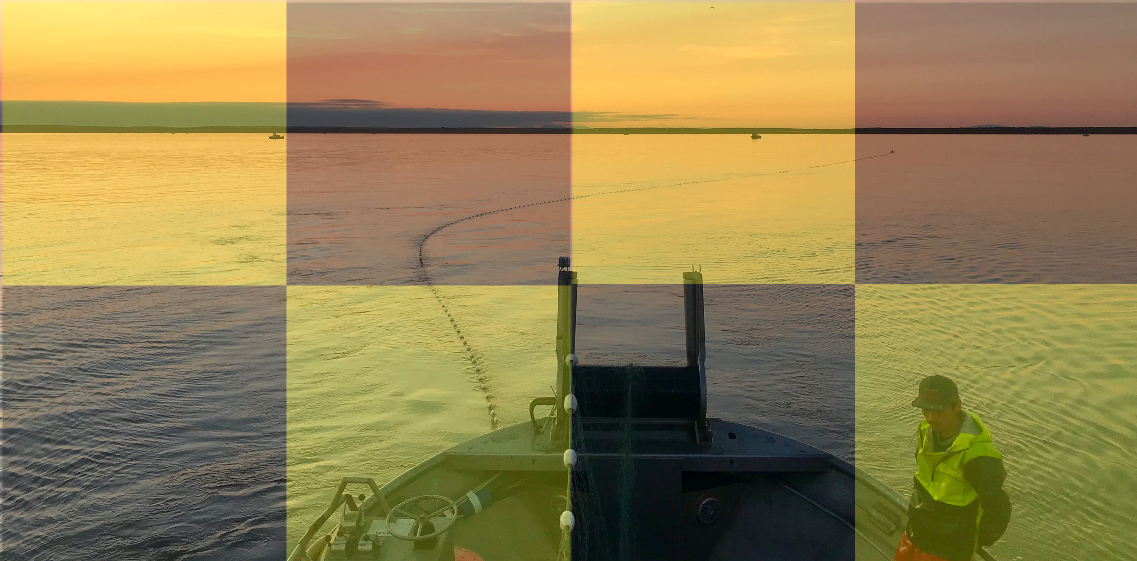Over the weekend, American Seafoods followed in the footsteps of other industry leaders and chose to be forthcoming and open about an outbreak on one of its factory trawlers, the American Dynasty.
I've been reading a lot of speculation and questions on social feeds about this incident, so what can we learn from it?
First, the time line of events, as I understand it:
May 13 — the vessel departed its home port of Seattle for Pacific hake fishing with a crew of 124, all of whom had been required to self-quarantine for five days, tested negative for covid-19 and had blood drawn for antibody tests.
May 13-27 — the crew fished and worked together, isolated, for 14 days.
May 28 — the boat docked in Bellingham, Wash., to off-load. While there, one crew member began exhibiting signs of covid-19. The crew member was hospitalized in Bellingham for treatment and is reported to be recovering.
May 30 — new tests from the remaining 123 crew members resulted in 85 positives and 9 TBD.
May 31 — the vessel returned to Seattle.
June 1 — two more members of the crew reported feeling ill. The entire crew is being monitored by medical personnel, both onshore and onboard.
This means that at least one member of the crew had been exposed and may have been an asymptomatic carrier of covid-19 for a full two weeks before exhibiting symptoms.
I hope this will not create a sense of relief for any of us.
Rather, it should underscore the importance of a full 14-day quarantine. And it, once again, shows that the fishing and processing industries are taking the right steps to encapsulate the risk of spread.
What if this crew had not been isolated? What if this were a smaller crew, and no one showed any signs of illness after, say 10 days? What if they had started to feel like they were in the clear?
Further, the data being collected with antibody tests prior to an outbreak can helps us better understand whether those who carry covid-19 antibodies are later reinfected or trigger false-positive tests. In short, we are still learning about this virus every day.
I want to express my gratitude for the way our domestic fishermen and seafood companies have been handling this considerable strain on already limited resources. As of now, the U.S. seafood industry is a shining example of what care, contact tracing, widespread testing, and strict safety standards can do to ensure our food supply chain.
I would like also to express concern for our waterfront communities. Many of our fishing communities are also tourist destinations with limited medical resources.
That means that with tourists (and seasonal residents fleeing overcrowded cities), our waterfront towns have managed the risk of outbreaks with limited capacity to treat year-round residents, much less seasonal ones. It also means that without the income of tourist season, those waterfront towns will inevitably suffer, which is a risk to all businesses in those towns, including fishing and seafood businesses.
None of this is easy. Doing the right thing rarely is. But so far, that's what we have done as an industry for the sake of our people and our communities.
Let's keep doing the right thing to ensure that the communities and the people we rely on will be there next year and for decades to come.







